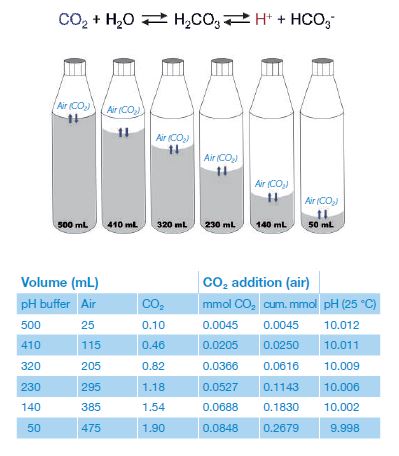Just received my Hanna pHep 5 today, along with storage solution and my calibration solutions (4 & 7). My meter is soaking in the storage solution as per the maintenance instructions in the manual. I then intend to calibrate it to verify it in proper working order, then add storage solution to the cap and store it upright. Anyways, on to my question... on the bottles it states that it needs to be replaced after 3 months.
Is this typically the case that everyone else has seen? If so, is there a more economical way to go about storing/using the solutions (even though I got the double pack from MoreBeer! I think that the supply they gave me would last far longer, quantity wise, than three months - I understand the quality of the solution will degrade).
Thanks,
- J
Is this typically the case that everyone else has seen? If so, is there a more economical way to go about storing/using the solutions (even though I got the double pack from MoreBeer! I think that the supply they gave me would last far longer, quantity wise, than three months - I understand the quality of the solution will degrade).
Thanks,
- J




